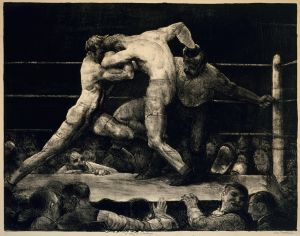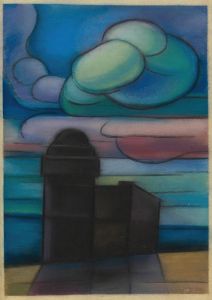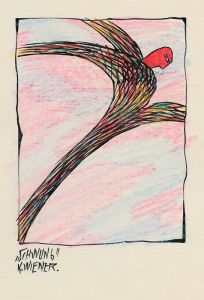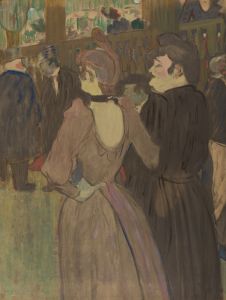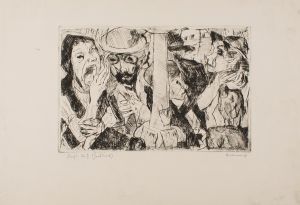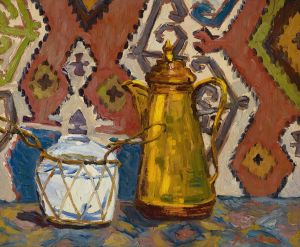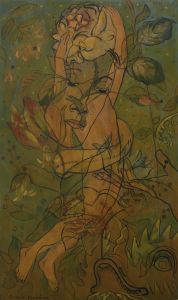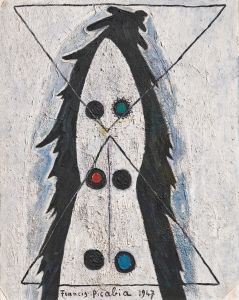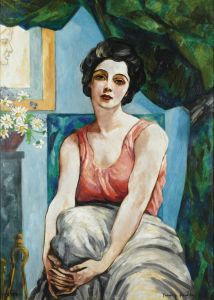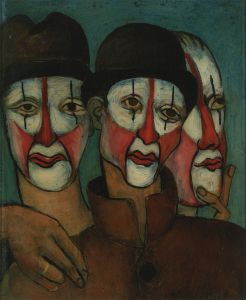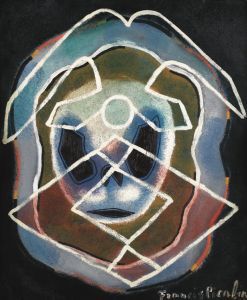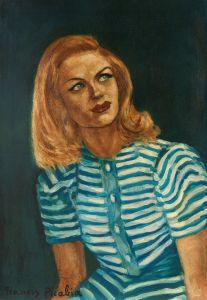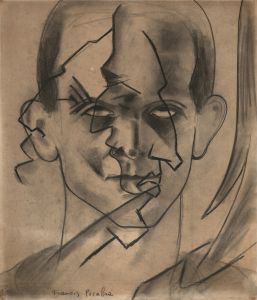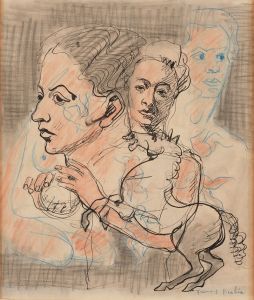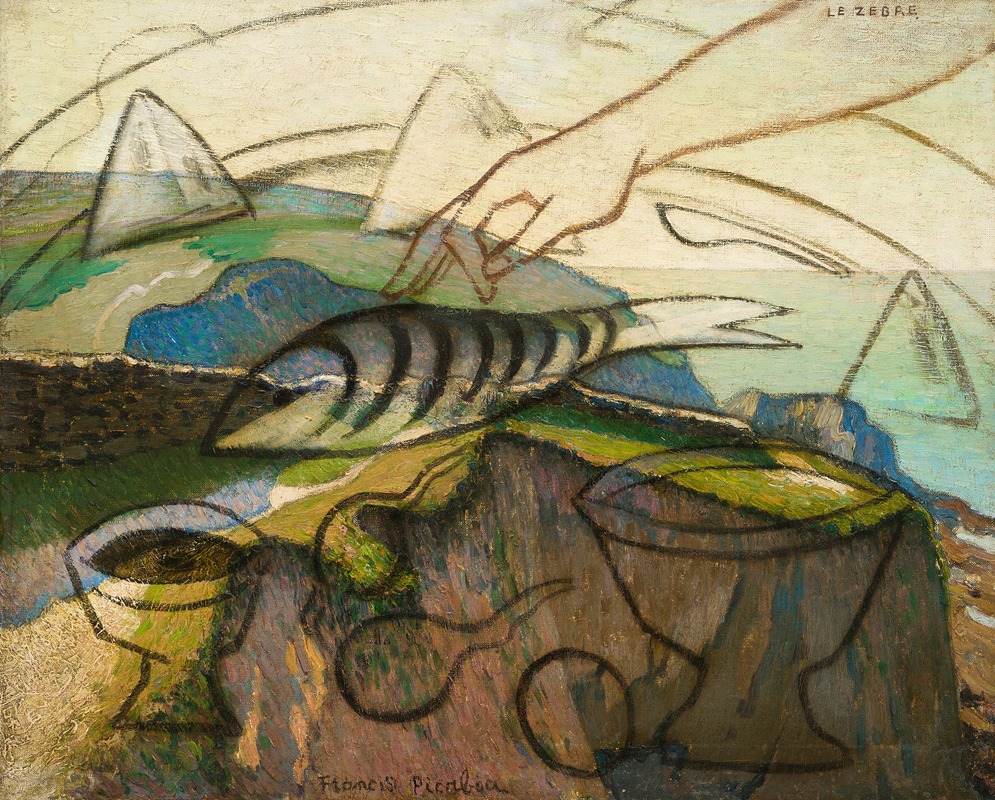
Le Zèbre
A hand-painted replica of Francis Picabia’s masterpiece Le Zèbre, meticulously crafted by professional artists to capture the true essence of the original. Each piece is created with museum-quality canvas and rare mineral pigments, carefully painted by experienced artists with delicate brushstrokes and rich, layered colors to perfectly recreate the texture of the original artwork. Unlike machine-printed reproductions, this hand-painted version brings the painting to life, infused with the artist’s emotions and skill in every stroke. Whether for personal collection or home decoration, it instantly elevates the artistic atmosphere of any space.
Francis Picabia's "Le Zèbre" is a notable work by the French avant-garde artist, who was a pivotal figure in the development of modern art in the early 20th century. Picabia, born in 1879, was known for his eclectic style and his ability to move between different art movements, including Impressionism, Cubism, Dada, and Surrealism. His work often challenged traditional artistic conventions and explored new forms of expression.
"Le Zèbre" is one of Picabia's intriguing pieces, reflecting his interest in abstraction and his playful approach to art. Although specific details about the creation date and the context of "Le Zèbre" are not extensively documented, it is consistent with Picabia's broader body of work, which often incorporated elements of humor, irony, and a critique of the art establishment.
Picabia's career was marked by a constant evolution of style and technique. He was a key figure in the Dada movement, which emerged during World War I as a reaction against the horrors of the war and the perceived cultural and intellectual conformity of the time. Dada artists, including Picabia, embraced absurdity and irrationality, often using their art to question societal norms and the role of the artist.
"Le Zèbre" can be seen as part of Picabia's exploration of mechanical and abstract forms, a theme that recurred in his work during the Dada period. His paintings from this era often featured machine-like imagery, reflecting his fascination with technology and its impact on modern life. This interest in mechanical forms was also influenced by Picabia's exposure to Cubism and Futurism, which emphasized geometric shapes and dynamic movement.
In addition to his visual art, Picabia was also a writer and a poet, contributing to various Dada publications. His multidisciplinary approach to art and his willingness to experiment with different media and styles made him a versatile and influential figure in the avant-garde community.
While "Le Zèbre" itself may not be as widely recognized as some of Picabia's other works, it embodies the spirit of innovation and rebellion that characterized his career. Picabia's legacy is that of an artist who continually defied categorization, and his work remains a testament to the transformative power of modern art.
Today, Picabia's works, including "Le Zèbre," are held in various public and private collections around the world, where they continue to inspire and provoke new generations of artists and art enthusiasts. His contributions to the development of modern art are celebrated for their originality and their challenge to the status quo, ensuring his place as a significant figure in the history of art.





